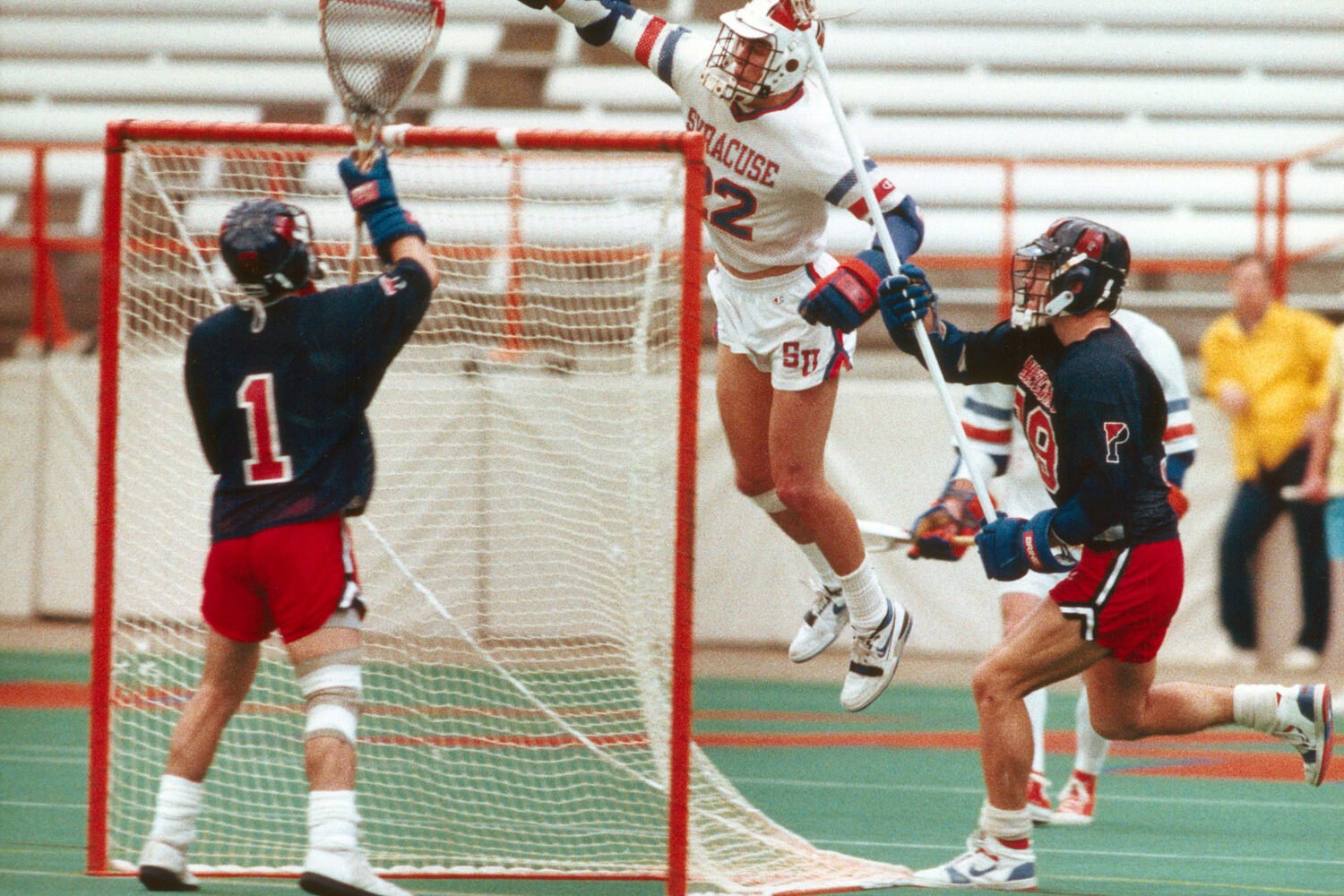The Expert
Glen Mills is the Annapolis-based founder of the Web site Goswim.tv, which uses online videos to teach proper swimming techniques. He is also an NCAA champion in the 200-meter breaststroke and winner of the Olympic trials for that event. (He didn’t get to compete because of the boycott of the 1980 games.)
The Injury
Swimmers commonly deal with shoulder injuries from doing the same movements over and over. Says Mills, “If the stroke mechanics are incorrect for the individual’s physiology, then the swimmer will be prone to shoulder injuries.” Applying force too early in the freestyle motion—when the arm is still straight and extended in front of the body—puts the shoulder under stress.
The breaststroke, which is frequently used among fitness swimmers, can cause overuse injuries to the knee because the legs are sometimes forced to bend at angles greater than 90 degrees. This puts stress on the knees and, if the stroke is done incorrectly, can be especially bad for individuals prone to knee problems.
How to Prevent Injury
Learning proper technique is key, says Mills. One way to correct yourself while swimming freestyle is to allow the elbow to bend almost completely prior to fully applying the power of a stroke. “Set the arm in a bent position with the fingertips pointing forward, then feel the muscles behind the shoulder take responsibility in pulling the arm back,” he says. “The stroke will feel less powerful, but you’ll be swimming more efficiently and will be less likely to injure your shoulders.” Mills also recommends trying some drills—such as this one and this one—to help you focus on bending the arms correctly.
To avoid knee injuries, Mills suggests varying the width of the kicks during breaststroke.
How to Bounce Back
Swimming is a great activity to work into your exercise routine—it uses all the muscle groups in a non-impact setting and forces you to control your breathing—but you have to be smart about it. Though the injury risk is relatively low compared with higher-impact activities, “you should still listen to your body,” says Mills. As with any athletic activity, there’s good and bad pain, and the key is knowing the difference. Rest and professional help are the best ways to recover from a sports injury. “If the injury isn’t healing with rest, people should seek out advice from a physical therapist,” he says.
Subscribe to Washingtonian More >> Health | Top Doctors | Well+Being Blog
Follow Well+Being on Twitter


















